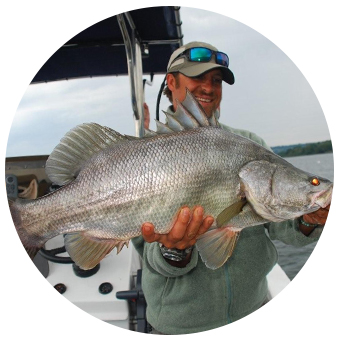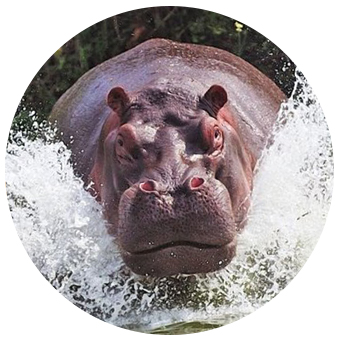Mahale National Park
Mahale Mountain national park is situated on the beaches of Lake Tanganyika. The Mahale Mountain National Park has got its name from the mountain range that is lying in its borders. Apart from Gombe, Mahale is the only protected place of Tanzania for the chimpanzees.
Mahale Mountains is better known due to its larger size. However, the park is situated in the remote location of the Western Circuit Tanzania. The Mahale Mountain National Park offers a great opportunity to explore chimps just Like Gombe National Park. The national park is also a great place to spot some lions. It is known as the only place in the country where chimpanzees and lions co-existed. Another iconic fact that makes the national park an iconic place is it allows travelers to explore its landscape on foot.
The mountain was initially homeland to Batongwe and Holoholo people. They were removed from the area by the wildlife development department in 1979. The area was being free from the local habituation for the establishment of a wildlife research Centre. As the Mahale Mountain National Park is on the shorelines of Tanganyika it offers some stunning view to capture. Get your camera ready for capturing some stunning view of the Lake along with the mist-covered Nkungwe Mountain.





